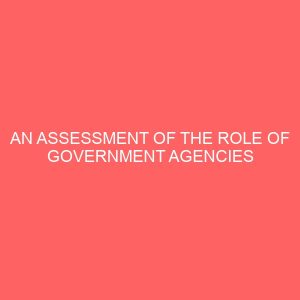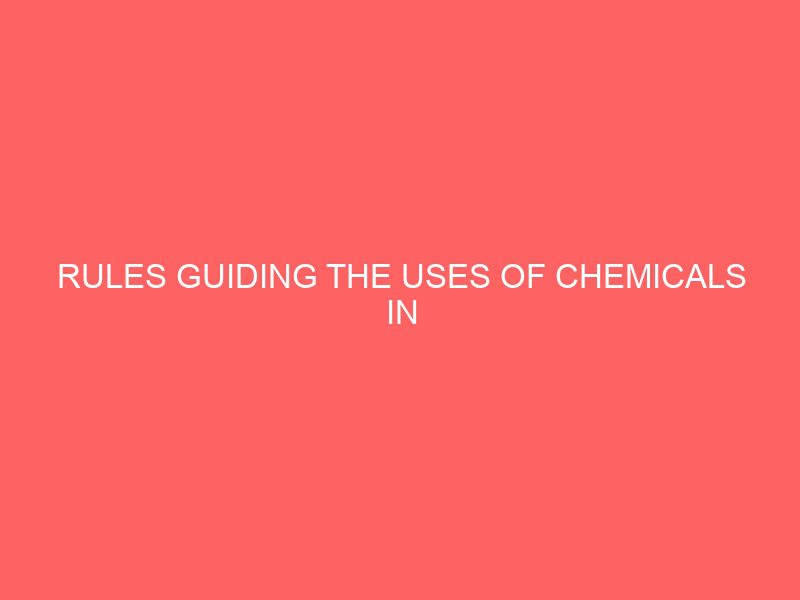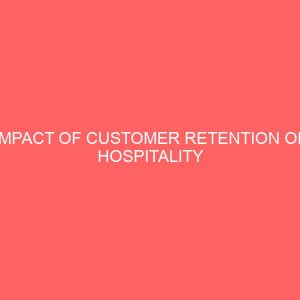Description
ABSTRACT
Under the WHS Regulations, a hazardous chemical is any substance, mixture or article that satisfies the criteria of one or more Globally Harmonised System of Classification and Labelling of Chemicals GHS hazard classes, including a classification in Schedule 6 of the WHS Regulations.
However, some hazard classes and categories of the GHS are excluded by the WHS Regulations. See Appendix A for the definition of hazardous chemical and other terms used in this Code.
Most substances and mixtures that are dangerous goods under the ADG Code are hazardous chemicals, except those that have only radioactive hazards class 7 dangerous goods, infectious substances division 6.2 and most class 9 miscellaneous dangerous goods. In relation to chemicals, a hazard is a set of inherent properties of the substance, mixture, article or process that may cause adverse effects to organisms or the environment. There are two broad types of hazards associated with hazardous chemicals which may present an immediate or long term injury or illness to people
CHAPTER ONE
1.0 INTRODUCTION
The hospitality industry is one of the major industries in the world. Workers in the industry use various types of chemical products and fuels such as cleaning agents, drain cleaners, disinfectants, town gas and liquefied petroleum gas, etc. If the chemical products are not properly handled, they could pose occupational hazards to workers. Fire and explosion are the major hazards associated with the use of fuels in the hospitality industry. Devastating gas explosion incidents could cause serious injuries or loss of life. Employers have the legal obligation to ensure, as far as reasonably practicable, the safety and health of their employees at work. They have to take adequate safety measures to protect the safety and health of the workers. In this respect, employers may, if necessary, consult safety professional for advice.
This set of Guidance Notes is intended to be read by management personnel or safety personnel of hospitality establishments and it serves as a reference to facilitate users in identifying the hazards arising from the use of chemicals in the hospitality industry and taking effective precautionary measures. Users may draw reference to the information provided in this project to establish a chemical safety plan which suits their working situations.
Different types of cleaning chemicals such as soap, detergent, ammonia solutions, acids and alkalis are used in the hospitality industry. Some of the chemicals might cause skin and eye irritation. High concentrations of acid and alkali cleaning agents are corrosive and they could induce chemical burns to the skin and eyes on contact. Chemical disinfectants are used to control or destroy disease causing microorganisms. All chemical disinfectants are, by nature, potentially harmful or toxic to living organisms. Some of the chemical disinfectants are flammable and can be explosive. There are disinfectants that would react violently with incompatible chemicals and generate toxic gases. Occasionally, household pest control products may be used to control or kill pests in the hospitality premises. These products contain pesticides, which are toxic chemicals. Adequate safety measures must be adopted in the use of the chemical pest control products.
1.1.BACKGROUND OF THE STUDY:
The hospitality industry is an industry that encompasses a whole lot of industries that oversee the affairs and relaxation of their customers. It can range from a hotel, a hospitality industry, a park, amusement centre, tourist centre etc. in these places it has been observed that chemicals mostly cleansing agents and others are normally used to in these places and adequate knowledge on how to use them are necessary as improper use of them may bring about a health hazard.
The hospitality industry commonly use a range of chemical products, for example, allpurpose cleaner, ammoniabased cleaner, bleach, metal polish, dishwashing cleaner, disinfectant, drain cleaner, glass cleaner, oven cleaner, scouring powder, deodorant and fuel. Workers in hospitality establishments such as hotels, restaurants, fast food outlets, and cafe and contract caterers in various industrial and commercial premises could be exposed to the hazards arising from the use of various chemical products in their work. Chemicals commonly found in the products used by workers in the hospitality industry workers are set out in the following.
Under the WHS Regulations, a hazardous chemical is any substance, mixture or article that satisfies the criteria of one or more Globally Harmonised System of Classification and Labelling of Chemicals GHS hazard classes, including a classification in Schedule 6 of the WHS Regulations.
However, some hazard classes and categories of the GHS are excluded by the WHS Regulations. See Appendix A for the definition of hazardous chemical and other terms used in this Code.
Most substances and mixtures that are dangerous goods under the ADG Code are hazardous chemicals, except those that have only radioactive hazards class 7 dangerous goods, infectious substances division 6.2 and most class 9 miscellaneous dangerous goods. Town gas, liquefied petroleum gas LPG, kerosene and diesel are typical fuels for cooking in the hospitality industry. Alcohol is a fuel commonly used for food warming and reheating.
Town gas and LPG are highly flammable gases that readily form explosive mixtures with air.
Kerosene and diesel fuels are petroleum distillate products containing flammable hydrocarbon mixtures. Improper use and handling of these flammable chemicals could cause fire and explosion hazards. Workers in the hospitality industry have to use various kinds of chemicals and fuel in their work. Some of these chemicals are corrosive, flammable, explosive, and might pose health hazards. To protect the safety and health of workers, appropriate safety measures should be in place.
A comparison of dangerous goods classifications under the ADG code with those under the GHS is provided in Appendix B.
In relation to chemicals, a hazard is a set of inherent properties of the substance, mixture, article or process that may cause adverse effects to organisms or the environment. There are two broad types of hazards associated with hazardous chemicals which may present an immediate or long term injury or illness to people.
1.2.STATEMENT OF PROBLEM:
The following forms the statement of the problem of the study:
1.The hazards involved in the wrong use of the chemicals.
2.The recent accident records in the hospitality industries as a result of wrong use of chemicals.
3.The negligence of the hospitality industries in enlightening her works in the dangers involved in the wrong use of chemicals in the industry.
4.Failures of workers of hospitality industry to identify dangerous chemicals that is hazardous to both human health and environment.
1.3.OBJECTIVE OF THE STUDY:
The researcher here by presents the following as the objective of this study:
1.To help reduce the hazard involved in the wrong use of chemicals in the hospitality industry.
2.To enlighten workers of the hospitality industry on the risk and hazard involved in the wrong use of chemicals in the industry.
3.To assist the works of hospitality industry to know the consequences involved in the wrong use of chemicals in the industry.
4.To provide knowledge on how to identify chemicals and the dangerous ones.
1.4.RESEARCH QUESTIONS:
In this study, the researcher assures that for any research work the statement of research question is asked.
In this study the following assumptions are put forward for testing to enable the researcher produce a comprehensive and raid writhen work on the subject matter.
1.Do hospitality industry workers observe the laid down rules regarding the use of chemicals in the industry
2.Is there any risk involved when rules of using a chemical in the industry are violated
3.Is there any decrease in the work force of hospitality industry workers as a result of the risk involved
4.Has there been any report of accident in the hospitality industry as a result of violating the rules of using a chemical in the industry
5.Is there any remedy to accidents that occurs as a result of wrong usage of chemicals in the hospitality industry
1.5.SCOPE OF THE STUDY:
The scope of this research work is streamlined to the evaluation of the rules and guide lines concerning the use of chemical in the hospitality industry. It covers the hazards to be encountered if chemicals are handled wrongly as well as the immediate solution that should be given the victim. Since the hospitality industry is a very vast one, the hospitality industry which is one of the industry found within the realm of the hospitality industry will be focused on and used as a case study.
1.5.LIMITATION OF THE STUDY:
During the course of this project work, the researcher encountered a lot of obstacles and challenges which in one way or the other reduced the expected outcome of the research work. The challenges ranges from financial constraints, time factor, access to materials, unwillingness of hospitality industry workers to give out information about the industrys conduct regarding rules and regulation guiding the handling and use of chemical within and outside the industry.
1.6.SIGNIFICANCE OF THE STUDY:
The researcher of this project work expects that at the end of this project work, the rules guiding the use of chemicals in the hospitality industry will be made known as well as the actions to be taken should any hazard occur in the course of using chemical in the hospitality industry.








Reviews
There are no reviews yet.